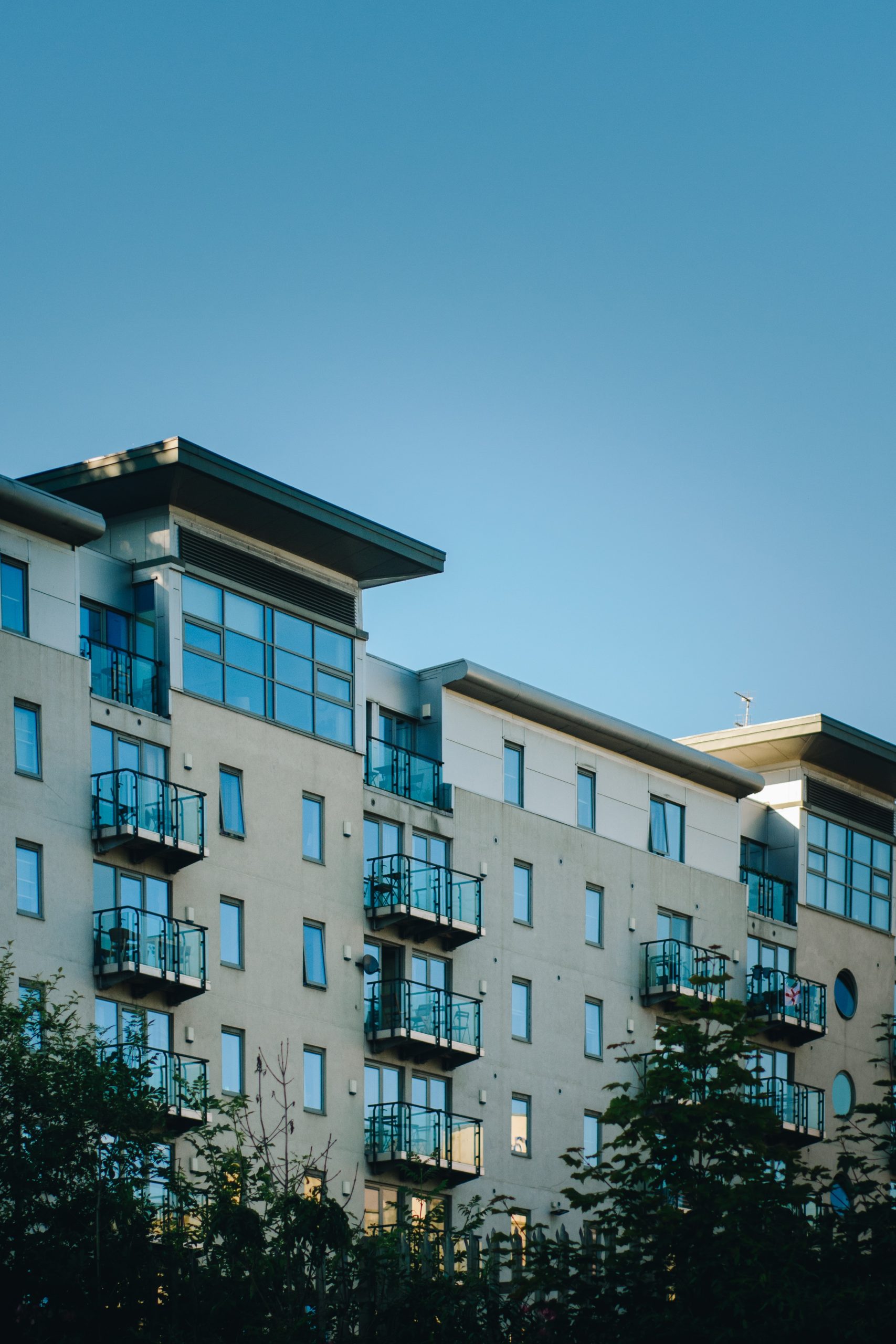Introduction
Welcome, future property moguls! You’ve landed here because you’re buzzing with the question that dances on the lips of every astute investor: What is a good rental yield? Well, you’re about to embark on a comprehensive journey to decode this essential metric in the labyrinthine world of UK property investment. Hold onto your seats; the exploration of what rental yield is good commences now!
Rental Yield Unveiled—What Is It Anyway?
In the quest to discover “What is good rental yield?”, let’s start by decoding the term itself. Rental yield is a percentage that quantifies the annual income a property brings in compared to its market value. It’s your compass in the stormy seas of property investment. Here’s how it’s calculated:

For example, let’s say you’re the proud owner of a property valued at £200,000, and you’re pulling in an annual rent of £14,000. Your rental yield would be a solid 7%. Not too shabby, right?
The Ideal Numbers—What Rental Yield Is Good?
We’re delving deeper into the heart of the matter: What rental yield is good? Here’s the golden rule—aim for at least a 7% yield. In the vast ocean of UK property investment, anything between 6-8% is usually seen as a win.
The Weight of Rental Yield—Why Should You Care?
To merely ask, “What is a good rental yield?” and then not to act upon it would be like discovering treasure but leaving it buried. According to recent studies, the average rental yield in the UK is approximately 5.2%. However, why settle for average when you can strive for exceptional?
Components That Make or Break What Is Good Rental Yield
What variables are in play when evaluating what is good rental yield? A multitude, as it turns out. Let’s dissect them:
- Location, Location, Location
Location can drastically influence your rental yield. Properties in thriving communities or near essential amenities often command higher rents.
- Property Type and Tenant Demographics
Different property types attract varying kinds of tenants. A luxurious penthouse may attract high-income tenants willing to pay more, while a cosy two-bedroom flat may be perfect for a small family.
- Market Fluctuations
Market trends like inflation and interest rates can also have a significant impact. It’s essential to keep your finger on the market pulse.
- Property Condition
A well-maintained property is akin to a well-oiled machine. Keep your property in tip-top shape, and you’ll have no issues commanding a rent that justifies a high rental yield.
Tales from the Trenches—Real-World Rental Yield Stories
Sarah’s Saga
Sarah started off as a conventional Buy-to-Let investor, lured by the steady, albeit unspectacular, returns. Her £150,000 flat in Leeds yielded a reasonable 7%. She primarily targeted young professionals, furnishing her property with modern amenities to suit their tastes.
But when a major local employer shuttered its doors, causing unemployment to spike and demand for rental properties to slump, Sarah found her yield dipping to an unsatisfactory 6%. Rather than panicking or sticking to the tried-and-true, she decided it was time for an audacious pivot.
Sarah transformed her flat into a Serviced Accommodation property. She upgraded the amenities to include high-speed Wi-Fi, concierge services, and even a small gym. This attracted a different kind of tenant—business travellers and tourists—who were willing to pay a premium for short-term stays with added conveniences. The result? A jaw-dropping yield of 14% that reignited her passion for property investment.
John’s Epic Adventure
John, too, began his property investment journey with a traditional Buy-to-Let model. His £180,000 property in an up-and-coming neighbourhood initially fetched a 6% yield. He was playing the long game, betting on future developments to escalate property demand and boost his yield.
However, when the local council announced new infrastructure projects, John sensed an untapped opportunity and took immediate action. He transformed his property into a Serviced Accommodation setup. Aware of the soon-to-be influx of contractors and professionals involved in the development projects, he provided amenities like a workspace, fast Wi-Fi, and convenient self-check-in and check-out procedures.
As the area began to thrive, so did John’s property. The demand for short-term, high-quality rentals soared, and he was perfectly positioned to capture this market. His yield skyrocketed to an astonishing 11%, making him the talk of local property investment circles.
A Blueprint to Elevate What Is Good Rental Yield
You’re not a statue; you’re a dynamic investor. Here’s how to elevate your property’s rental yield:
- Regular Enhancements
Continual improvements will justify higher rents. This can range from installing modern fixtures to a complete remodel of the kitchen.
- Dynamic Pricing
Constantly recalibrate your rent in line with market trends. Keep an eye on how rents are moving in your area and adjust accordingly.
- Expense Optimization
Every pound saved is a pound earned. Strive to reduce operating costs, which will inherently improve your yield.
Common Pitfalls in Aiming for What Is Good Rental Yield
- Ignoring Routine Maintenance: A lack of upkeep can deteriorate your property value and your rental yield along with it.
- Overpricing Your Property: High rents may lead to longer vacancies, significantly impacting your annual income and diminishing your rental yield.
- Not Reviewing Market Conditions: Always align your property and its rent with the current market trends.
Final Reflections—The Path Forward
In our journey to demystify what is a good rental yield, we’ve covered ground from the foundational basics to advanced strategies. Remember, a good rental yield is not just a number; it’s a testament to your investment acumen. Aim for that golden standard of 7% and let your investment portfolio shine.
You’ve come to the end of this comprehensive guide, armed with the knowledge and tools to conquer the UK property investment scene. Dive in, make intelligent choices, and let the metrics guide you to unimaginable heights.
Dewi Roberts – Orange Rentals



